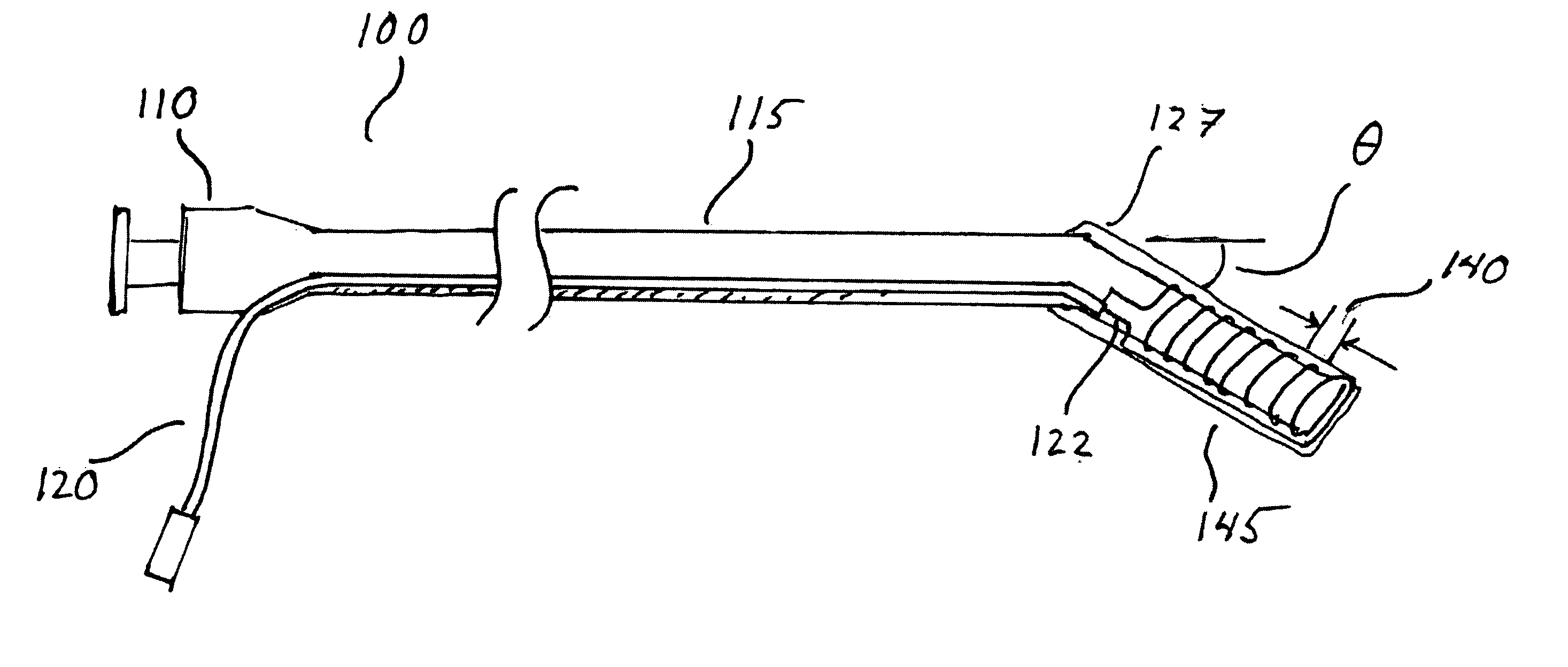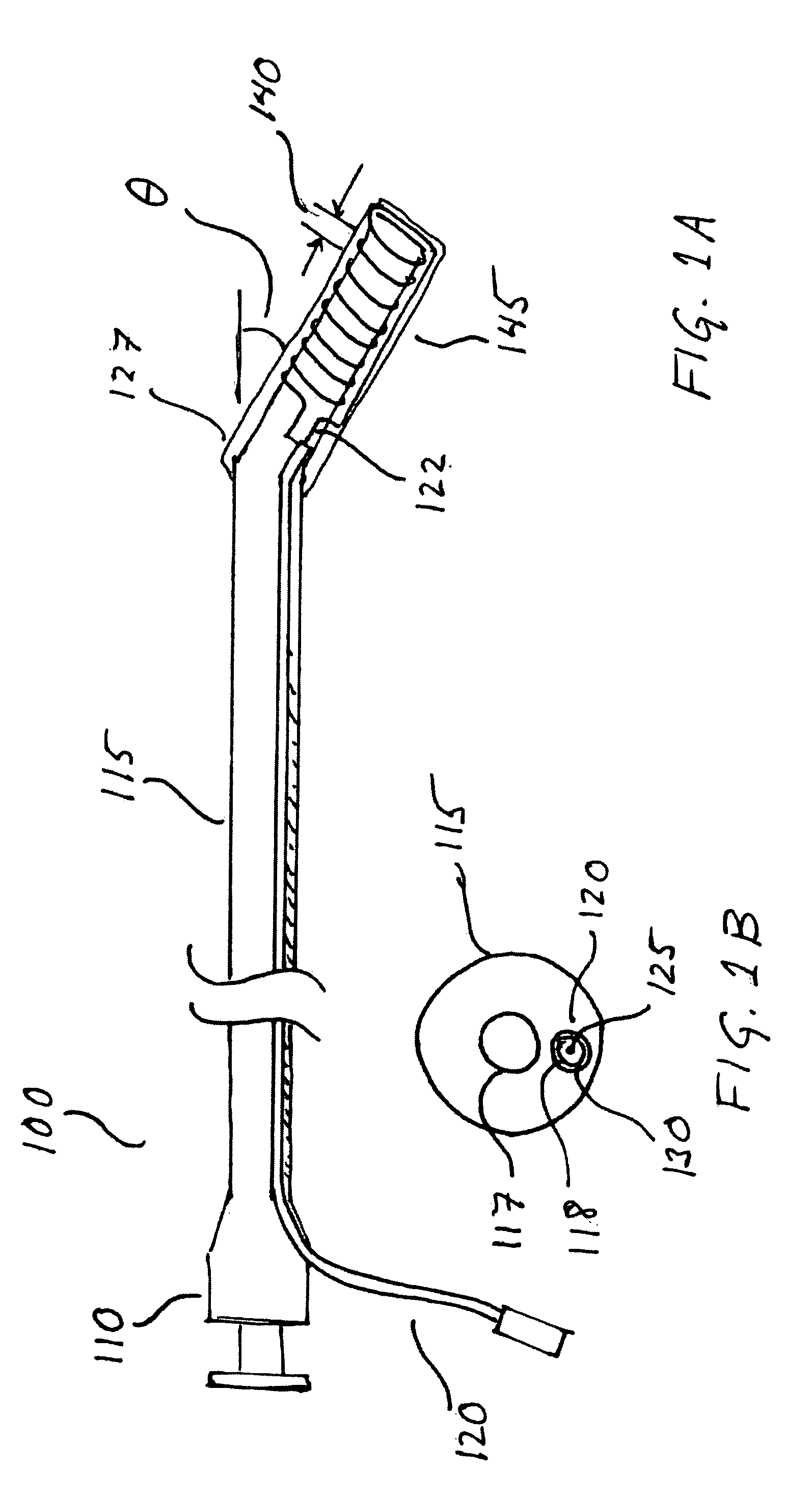Interventional devices for chronic total occlusion recanalization under MRI guidance
a technology of total occlusion recanalization and interventional devices, which is applied in the field of catheters, can solve the problems of limiting characteristics of conventional x-ray imaging, inability to visualize soft tissue by x-ray imaging, and inability to provide full and complete visualization of vascular geometry by conventional x-ray imaging, so as to improve mr guidance, enhance visualization, and enhance the effect of mr image visibility
- Summary
- Abstract
- Description
- Claims
- Application Information
AI Technical Summary
Benefits of technology
Problems solved by technology
Method used
Image
Examples
Embodiment Construction
[0037] The present invention involves the use of an inductor loop coil in conjunction with a guide catheter such that the inductor loop coil (hereinafter “coil”) acts as an antenna that is matched and tuned to the Larmor frequency of MRI (0.25 Tesla-11 Tesla). This antenna receives RF signal from the surrounding tissue generated in response to external RF energy applied by the MRI system, which the MRI system subsequently detects and displays in MR images.
[0038]FIG. 1A illustrates an exemplary single loop coil guide catheter 100 according to the present invention. Single loop coil guide catheter 100 includes a multi-lumen polymeric flexible tubing 115, which may be braided, non braided, metallic or non-metallic; a hub 110; a microcoaxial cable 120; and a loop coil 145 formed of a loop wire 122.
[0039] As used herein, “microcoaxial cable” refers to a cable having an inner conductor and a shield, wherein the cable has a diameter that makes it suitable for minimally invasive medical u...
PUM
 Login to View More
Login to View More Abstract
Description
Claims
Application Information
 Login to View More
Login to View More - R&D
- Intellectual Property
- Life Sciences
- Materials
- Tech Scout
- Unparalleled Data Quality
- Higher Quality Content
- 60% Fewer Hallucinations
Browse by: Latest US Patents, China's latest patents, Technical Efficacy Thesaurus, Application Domain, Technology Topic, Popular Technical Reports.
© 2025 PatSnap. All rights reserved.Legal|Privacy policy|Modern Slavery Act Transparency Statement|Sitemap|About US| Contact US: help@patsnap.com



